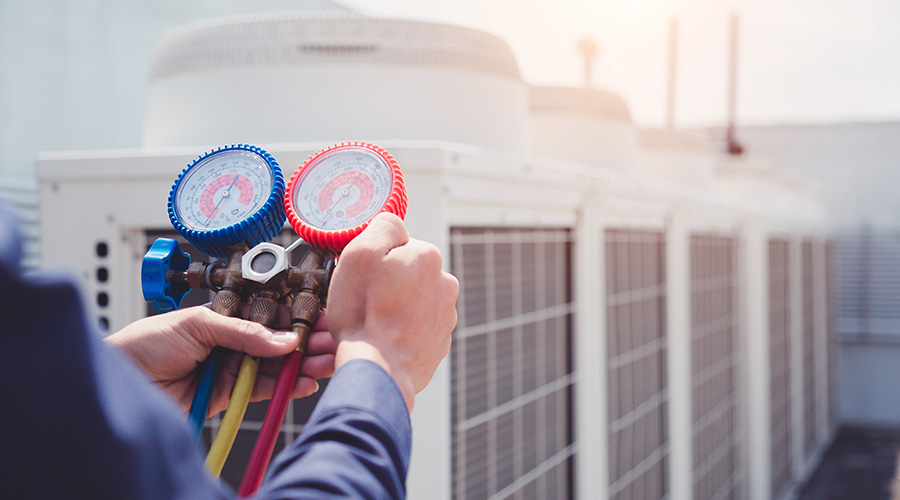HVAC Maintenance and Reliability and Longevity
Another benefit of HVAC maintenance is improved reliability. Consider it to be an insurance policy with maintenance costs the premium being paid to reduce the chances of a system failure. Again, the key to building a successful case is documentation, otherwise the “if it isn’t broken, don’t fix it” mentality may be the justification for doing nothing.
Start with a piece of equipment or system that has not been properly maintained due to lack of resources. Review the maintenance records for the equipment or system. These records may exist in the form of work orders, service calls, overtime costs, and customer complaints. Show what the lack of maintenance is costing the operation in terms of reactive maintenance costs and interruptions of service. Compare this to what it would have cost to perform the required maintenance.
Don’t stop there. Quantify what would happen if that particular piece of equipment would fail and require replacement. What would it cost to replace it? How long would it take to purchase and install the replacement? How would its failure impact operations? Would some operations have to be moved to temporary facilities, and what would the cost of that move be?
If maintenance has not been a high priority, chances are that there will be a number of equipment failures that occurred during the past budget year. Analyze these failures to determine their underlying cause. Some will be random failures that maintenance may not have been able to prevent. Others will be the direct result of poor maintenance.
Develop case studies that show what happened and why. Quantify the costs of the failure in terms of emergency repairs, increased replacement costs, decreased equipment service life, and lost productivity. Estimate what it would have cost to perform the required maintenance, and what impact that it would have had on the failure. Present the case study to the budget managers to build the argument for improving maintenance funding.
System Life
Facility executives understand that without proper maintenance, the service life of HVAC systems and components will decrease. It is important to make budget managers understand this too. Again, use documentation to make the case.
Look at the history of some recent HVAC failures within the facility. How long had the equipment been in service? Compare the actual equipment life to what the industry says the service life should be under normal operating conditions. Take into consideration any factors in a particular facility that would alter the rated service life. Present the findings detailing how failing to fund and perform proper maintenance has resulted in the need to invest early in replacement equipment.
Don’t forget the impact that poorly operating and unreliable HVAC equipment has on customers — that is, the building occupants. HVAC systems are there to perform a function. Unless they are properly maintained, they will not be able to perform as needed. The number of complaints will rise. If dissatisfaction rises high enough, those who can leave will.
Again, documentation is key. Track the complaints and service calls that are coming in from building occupants. Identify the cause of the complaint and what had to be done to correct the situation. Determine what it cost to correct the situation and if it was the result of past inadequate maintenance. Present this information to the budget managers detailing how much proper maintenance would have improved not only the bottom line but also customer relations.
Related Topics:














